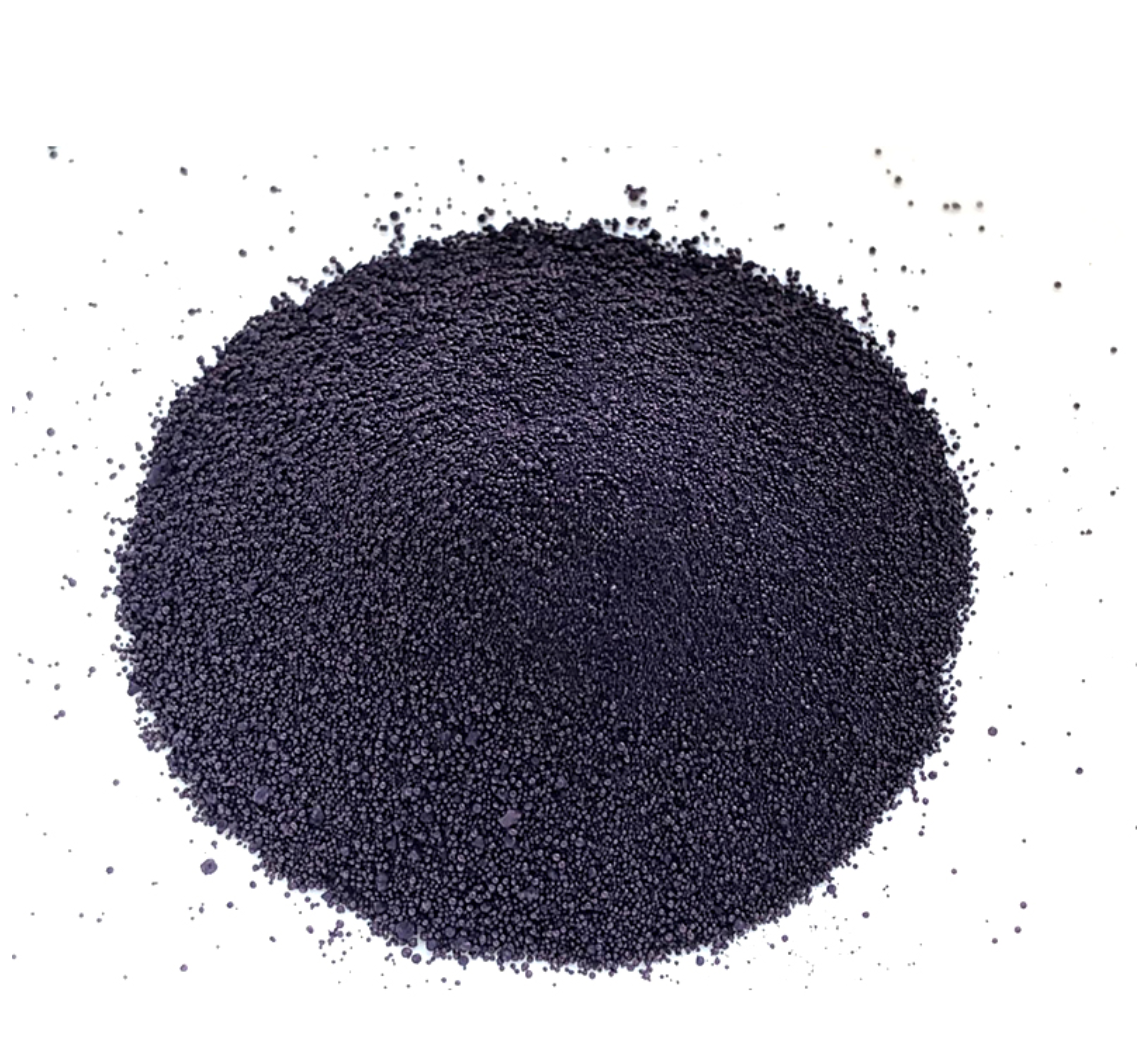Exploring the Significance and History of Indigo Color Dye in Art and Culture
The Fascinating World of Indigo Colour Dye
Indigo, one of the oldest and most prized dyes in the world, has captivated artisans and fashion enthusiasts alike for centuries. Known for its rich blue hue, indigo dye has a deep cultural and historical significance that spans across continents and civilizations. From the vibrant textiles of West Africa to the intricate patterns of Japanese kimono fabrics, the journey of indigo is both intriguing and inspiring.
A Brief History of Indigo Dye
Indigo dye is derived from the leaves of the indigo plant, primarily Indigofera tinctoria. This plant has been cultivated for thousands of years, with evidence of its use dating back to ancient Egypt, where it was used to dye linen and cotton. The dye-making process involves fermenting the leaves, allowing the natural compounds to transform into a soluble pigment. Once introduced to fabric, the dye interacts with oxygen, resulting in the breathtaking blue shade that we associate with indigo today.
Different cultures have their unique methods of dyeing with indigo, each adding its own spin to the tradition. In India, for instance, indigo dyeing is often linked to intricate tie-dye techniques, while Japan is renowned for its shibori method—a resist-dyeing technique that creates beautiful patterns. Such diversity in application illustrates how a single dye can adapt and thrive in various cultural contexts, enriching the textile arts globally.
Symbolism and Cultural Significance
Indigo is more than just a color; it carries with it immense cultural significance. In many cultures, indigo dye symbolizes wealth, status, and spirituality. For the Yoruba people of Nigeria, indigo-dyed fabrics are associated with ancestral rites and are an essential part of traditional ceremonies. Similarly, in the Indian subcontinent, indigo dyeing has historically been linked to the working class and has evolved into a symbol of cultural pride.
indigo colour dye quotes

In Japan, indigo (or ai in Japanese) is deeply rooted in tradition. The indigo-dyed garments, such as noragi jackets and tenugui hand towels, are not only functional but also embody the aesthetics of wabi-sabi—an appreciation for imperfection and transience. This connection to nature and human experience is what makes indigo so revered.
The Modern Renaissance of Indigo Dyeing
In recent years, there has been a resurgence of interest in indigo dyeing, fueled by a growing appreciation for sustainable and artisanal practices. As the fashion industry becomes increasingly aware of ethical concerns, more designers are seeking out natural dyes like indigo, which offer a less harmful alternative to synthetic dyes.
Craft movements and slow fashion initiatives promote the revival of traditional indigo dyeing techniques, allowing artisans to pass on their knowledge to new generations. Workshops, classes, and online tutorials are popping up across the globe, enabling individuals to engage with this ancient craft and explore its beauty and potential. This modern renaissance not only supports sustainable practices but also invokes a deeper connection between the maker and their materials.
Conclusion
Indigo colour dye is a remarkable example of how a single hue can create an enduring legacy, transcending time and geography. With its rich history, cultural significance, and modern relevance, indigo dye remains a vital part of the global artistic landscape. Whether through traditional artisan practices or contemporary fashion design, the allure of indigo continues to inspire creativity and storytelling.
As we embrace the stories behind this magnificent dye, we contribute to the preservation of traditional crafts and celebrate the artistry woven into every piece dyed in indigo. The aroma of fermented leaves, the vibrant blue upon the fabric, and the intricate patterns all bear witness to an ancient tradition that still holds a place in our modern world. In celebrating indigo, we not only honor our past but also inspire our future, ensuring that the beauty of indigo lives on for generations to come.
-
Sulphur Black Dyes in Daily Use
NewsMay.07,2025
-
Indigo Dyeing for Daily Life
NewsMay.07,2025
-
Indigo Dye Production and Its Growing Demand
NewsMay.07,2025
-
Color That Lasts
NewsMay.07,2025
-
Bromo Indigo for Modern Use
NewsMay.07,2025
-
Blue From Nature
NewsMay.07,2025
-
The Timeless Color in Fashion and Textiles
NewsApr.10,2025

Sulphur Black
1.Name: sulphur black; Sulfur Black; Sulphur Black 1;
2.Structure formula:
3.Molecule formula: C6H4N2O5
4.CAS No.: 1326-82-5
5.HS code: 32041911
6.Product specification:Appearance:black phosphorus flakes; black liquid

Bromo Indigo; Vat Bromo-Indigo; C.I.Vat Blue 5
1.Name: Bromo indigo; Vat bromo-indigo; C.I.Vat blue 5;
2.Structure formula:
3.Molecule formula: C16H6Br4N2O2
4.CAS No.: 2475-31-2
5.HS code: 3204151000 6.Major usage and instruction: Be mainly used to dye cotton fabrics.

Indigo Blue Vat Blue
1.Name: indigo blue,vat blue 1,
2.Structure formula:
3.Molecule formula: C16H10N2O2
4.. CAS No.: 482-89-3
5.Molecule weight: 262.62
6.HS code: 3204151000
7.Major usage and instruction: Be mainly used to dye cotton fabrics.

